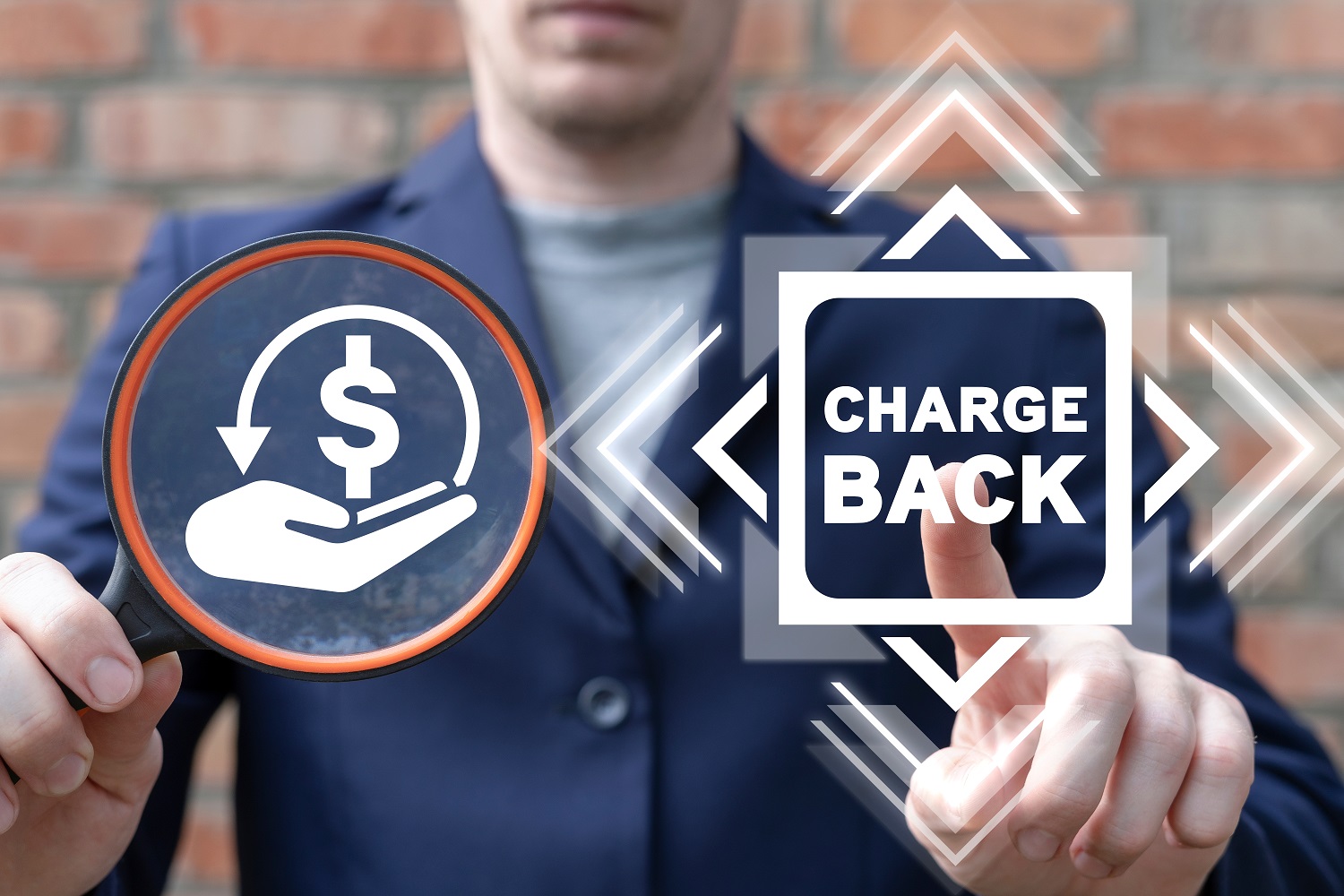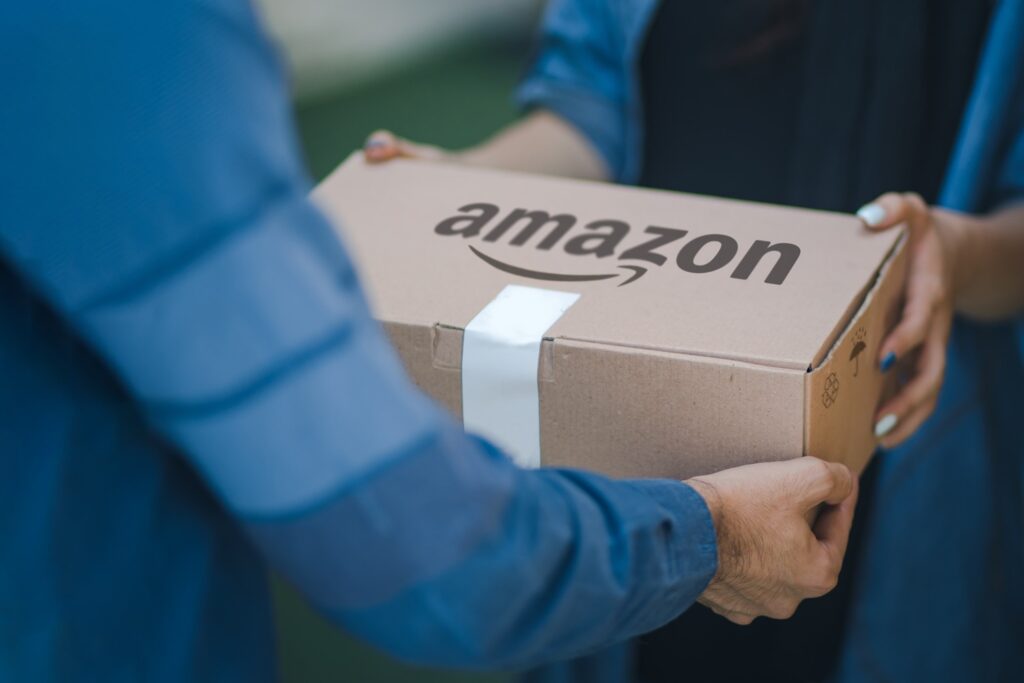Amazon Chargebacks: Everything You Need To Know

Amazon, the giant of online commerce, is full of opportunities for sellers but also full of pitfalls. One such pitfall is the Amazon chargebacks, a horror story for many.
But have no fear, for we’re going in-depth into the world of Amazon chargebacks here to discuss what they are in the first place, what types you might have to deal with, and why they happen. We will provide tips to reduce and overcome chargebacks, making your selling journey on Amazon much easier and less nerve-wracking.
So, let’s get started.
What are Amazon chargebacks?
Amazon chargebacks are when Amazon takes back funds from the seller’s account to resolve customer order disputes and issues. They are a reversal of a sale and occur due to reasons such as unauthorised transactions, product returns, and compliance.
Amazon’s chargeback types can be grouped into three categories: order-related, compliance, and financial. Chargebacks can be devastating to sellers due to the loss of funds, as their seller metrics might take a hit. If not managed well, they can lead to account suspension. Sellers must be aware and learn how to avoid chargebacks in order to have a sustainable business.
Types of Amazon chargebacks
These are the three Amazon chargeback categories:
Order-related chargebacks
Amazon order-related chargebacks are chargebacks related directly to the customer’s order. Most commonly, they occur when the customer made an unauthorised purchase, a problem occurred while a product was being shipped or delivered, or the product did not match the provided description. Amazon order-related chargebacks often result from customer disputes.
Compliance chargebacks
As the name implies, compliance chargebacks are Amazon policy or regulation violations. Concerns may include the sale of restricted items, the failure to comply with product-quality regulations, or terminated sellers failing the Amazon terms of service. When sellers fail to comply with Amazon’s standards and regulations, they issue chargebacks to penalise them financially and disable or terminate their accounts.
Financial chargebacks
Financial chargebacks on Amazon involve instances where there is a discrepancy in the payment. Some of the reasons for a financial chargeback include invalid credit card transactions, customer payment disputes, and bank authorisation failures. Sellers experience financial chargeback when they have a financial issue with the transaction, resulting in money being deducted from their account.

Common reasons for Amazon chargebacks
While all chargebacks will fit into one of the three categories above, these are the five singular most common reasons for one to occur:
Unauthorised transactions
A widespread cause of Amazon chargebacks includes unauthorised transactions, with customers disputing payments they never made or did not authorise. Compromised financial instruments or accounts have likely been overseen as the customer receives payments corresponding to such unrecognised transactions and makes a chargeback claim to recover their money.
Sellers should take immediate action on these chargebacks to prove the order was authorised and completed the order or that the customer seems certain before fraudulent transactions take place. Ineffective resolution of unauthorised transaction chargebacks can result in financial implications and risks to the seller’s account.
Product not as described
Chargebacks for “product not as described” occur when customers receive products materially different from the items’ descriptions on Amazon listings. For example, customers can receive products that do not match the size, colour, or functions indicated or receive damaged items. Such actions may make the customer feel misinformed or cheated and cause them to opt to dispute the charge and receive a refund.
To avoid such chargebacks, sellers must provide accurate and comprehensive information in the product listings. In addition, chargebacks are usually resolved by submitting product descriptions and pictures to illustrate the actual item.
Non-delivery
Non-delivery chargebacks happen when customers report they did not get the items they paid. These could be due to shipping errors, mail theft, or other distribution issues. If the item does not arrive within a specified period, buyers should have the right to dispute the charge to redeem their own money.
Sellers should be conscientious in keeping track of their cargo, giving accurate estimates, and tapping shoppers frequently for information to minimise non-delivery chargebacks. This service will necessitate filling out a form of evidence of transport and other proof of delivery, such as tracking or shipping receipts.
Late shipment
Another common chargeback reason is the late shipment dispute. This type of chargeback happens when the seller delays the shipment beyond the duration he promised to the customer, resulting in the seller’s loss of faith and subsequent disputes. The shipment delay may be a result of inadequate inventory, shipment logistics, or unpredictable incidents.
Preventing late shipment chargebacks entails maintaining the proper status of inventory, using efficient shipping procedures, and informing the consumer about the delay. In most cases, the seller must provide some form of evidence to disprove the claim and convince the customer that they meet their expectations.
Quality issues
Customers initiate Amazon chargebacks due to quality after receiving damaged, defective, or low-quality products. The primary causes of these quality discrepancies are manufacturing glitches, poor packaging, or excessive mishandling during shipping. Unhappy customers will instead file a credit card chargeback to recoup their money or get a replacement product.
To avoid quality-related chargebacks, sellers must take respectful quality control measures such as thorough inspections and robust packaging. Reconciling with the customer means giving them adequate proof of the product’s original situation and proposing satisfying solutions.

Implications of Amazon chargebacks
So, what can happen to an Amazon seller if they face a chargeback? Here are some of the implications:
Financial losses from deductions and penalties
Amazon chargebacks cause financial damage to sellers through deductions and penalties levied by Amazon. The former usually comes in the form of reduced amounts in sellers’ accounts to fund refunds to customers or compensate for chargeback processing fees. The latter might take the form of tougher transaction conditions and a higher fee for sellers or even suspension of an account due to the number of chargebacks.
The deductions decrease the profit margin and strain the cash flow, creating a serious risk, particularly for a small business. In order to avoid such consequences, the seller needs to monitor the chargeback rate vigilantly, address the underlying causes of its generation, and incorporate measures to reduce charges.
Damage to seller metrics and performance ratings
Chargebacks significantly affect vendor performance metrics and, thus, their visibility and competitiveness on Amazon. Vendor feedback stemming from multiple chargebacks and forced authorised chargebacks lowers ranks and ratings, decreasing the chances of buyers considering their products through search results.
This signals to Amazon and users that a vendor may not interact as satisfactorily or provide as good services or items, further deterring potential buyers. In addition, upon reaching a certain threshold, decreased performance is likely to result in the removal of some benefits, such as the inability to sell through an account with a Prime label or Buy Box factor. To avoid that, vendors must prevent chargebacks, settle disputes quickly, and ensure customer satisfaction to maintain the best metrics possible.
Risk of account suspension or termination for repeat offenders
Repeat offenders risk losing their Amazon account to suspension or termination due to chargebacks. By having high chargeback rates on a seller account, Amazon perceives that as repeated poor customer service or supply of low-quality products and seizes to keep such a merchant in their marketplace.
As a result, a seller can lose their source of income, garner a bad reputation, and eventually be permanently banned from selling on Amazon. To avoid this, a seller must solve the cause of chargebacks, use preventive measures, and exceed Amazon’s expectations for maintaining a good record that deters account penalty violators.

Handling Amazon chargebacks
If a seller gets a chargeback on Amazon, what should they do? Here are a few tips for handling chargebacks:
Proactive measures to prevent chargebacks before they occur
Preventing chargebacks from Amazon actually starts before they occur. Pre-emptive measures include promoting transparent communication through reflection in product descriptions, easy return policies, and feasible delivery times.
Quality checks before shipment, such as inspections and safe packaging, reduce the chances of complaints due to quality factors. Maintaining the availability of the products and restocking promptly also prevent loss chargebacks. Listening to customers through feedback mechanisms and acting to correct issues early and as quickly as possible also helps to prevent chargebacks due to dissatisfaction.
By pre-emptively improving the overall product quality and providing the best customer experience, continuous chargebacks from dissatisfied customers will definitely recede.
Best practices for responding to chargeback notifications and disputes
Sellers should also act promptly and handle Amazon chargeback notifications and disputes correctly. Upon receiving the notification, review its details and prepare the required evidence to support your stance. This can include order details, shipping confirmation, correspondence with the customer, etc. Then, submit your response through Seller Central, ensuring it is brief but carries persuasive evidence to contest the reason for the chargebacks.
Remain professional and open in your communication and actively seek a dialogue with the buyer. At the same, ensure regular monitoring and follow-up on dispute resolution to address the issue before it closes. Creating more ideal conditions minimises chargebacks and increases revenues.
Leveraging Amazon seller support and escalation channels when necessary
Sellers who experience Amazon chargebacks should make use of Amazon seller support and escalation channels. Contact Amazon’s seller support to determine the nature of the chargeback and any possible solutions. If the dispute is not resolved, escalate the conversation using the correct Amazon channels, such as an appeal or the eligibility of additional documentation.
Use Amazon’s dispute resolution mechanisms and follow its guidelines for retailers in terms of communication and dispute resolution. E-commerce sellers can increase their chances of overcoming the challenges of chargebacks by using more support and escalation channels.

Minimising Amazon chargebacks
The best way to avoid Amazon chargebacks is by putting preemptive measures in place, including the following:
Implementing quality control measures in product sourcing and fulfilment processes
Minimising Amazon chargebacks calls for comprehensive quality control for both product sourcing and the fulfilment process. Make sure that suppliers meet stringent quality requirement standards, conduct in-depth inspection of products when received, and address any issues.
Include proper product descriptions and images for transparent and appealing solutions to customers. Implement a system of fulfilment that guarantees minimal error and ship-within delays. Buy quality packaging that will prevent damage in transit. Continually scrutinise and enhance your quality standards to keep up with modern needs and changing market dynamics.
Optimising product listings and customer communication to reduce returns and complaints
To diminish Amazon chargebacks, sellers should optimise product listings and information distribution and improve customer communication. Sellers should provide detailed descriptions and accurate product-related information, such as measurements and detailed descriptions. In addition, high-quality images should be used to show the product from different angles and provide accurate depictions. Sellers should also present realistic expectations about delivery times and methods and encourage customer feedback.
Closed posture or lack of content might frequently lead to misunderstandings. The company should create transparent return policies and offer a hassle-free return process. Based on reviews, sellers should focus on product listing and improve distribution to avoid Amazon chargebacks.
Staying informed about Amazon’s policies and requirements to ensure compliance
Ultimately, preventing Amazon chargebacks rests on being well-informed about Amazon’s policies and requirements to avoid violations. This entails regularly reading and being well-versed in Amazon’s seller policies, such as product listing, shipping, and customer service policies. It is necessary to continuously monitor policy changes and adapt one’s practices to conform to identified policies.
In addition, creating strong internal processes, such as ensuring that your product description is clear and fulfilment is prompt, will also help to avoid chargebacks due to Amazon policy violations. However, being proactive and compliant with Amazon’s policies will help sellers prevent charges and maintain their positive reputation as sellers on the Amazon platform.

Conclusion
In conclusion, navigating Amazon chargebacks requires diligence and proactive strategies to safeguard your seller account. Sellers can mitigate risks and ensure smoother operations by understanding the types, implications, and best practices for handling chargebacks. For expert assistance in optimising your Amazon presence, contact Mercatus, the Amazon advertising specialists, today!


